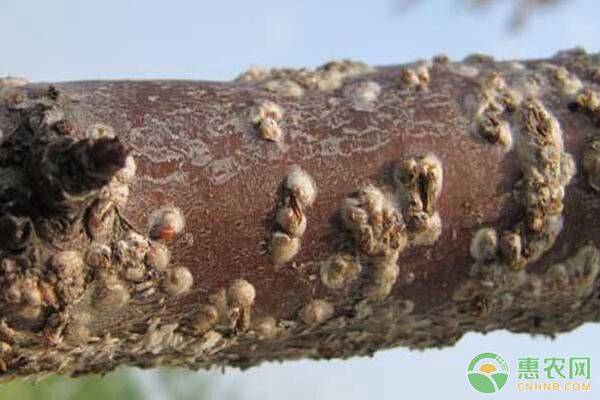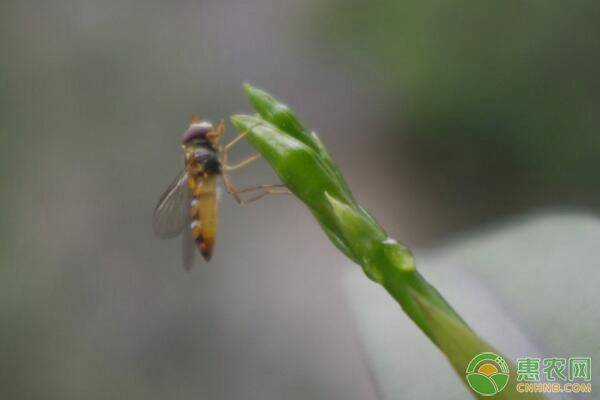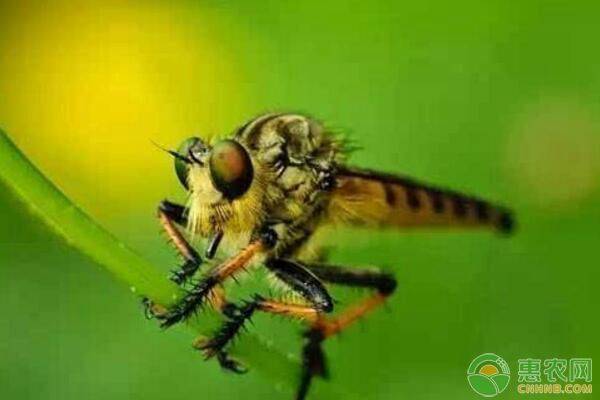How to use natural enemy insects? What should I pay attention to? Common natural enemy insect species
How to use natural enemy insects? What should be paid attention to? The natural enemy insect species can be divided into two kinds of predatory natural enemies and parasitic natural enemies. Common predatory natural enemies are mainly grasshoppers, ladybugs, walking insects, insectivores, etc., parasitic natural enemies are mainly There are Trichogramma, parasitic flies, and the specific small series will be explained in detail below. First, predatory natural enemies The most common ones are cockroaches, crickets, falcons, hedgehogs, buds, grasshoppers, ladybugs, walking insects, insectivores, cockroaches, wasps, mud bees, spiders, and predatory mites. 1, 螳螂 It can prey on more than 40 kinds of pests, such as large insects such as fly, mosquito, cockroach, cockroach, cockroach, and muse. 2, predatory ladybug Prey on aphids, scale insects, whiteflies, leafhoppers, etc. 3. Predatory cockroaches The predation range is very broad, including the genus Astragalus, the genus Astragalus, the velvet family, the genus and the genus. 4, grasshopper Predatory whitefly, red spider, all kinds of aphids, ground tigers, silver moth, wheat moth and small bridge insects. 5, cockroaches Prey on insects such as spider mites, planthoppers, mites, thrips, cotton leaf mites and cotton mites. 6, eating flies It is an effective natural enemies such as aphids, scale insects, whiteflies, leafhoppers, thrips, and lepidoptera. Second, parasitic natural enemies 1. Trichogramma Eggs of various lepidopteran pests such as parasitic corn borer, armyworm, stripe, cotton bollworm, Spodoptera litura and ground tiger. 2, bee Parasitic on a variety of moth butterfly larvae, a certain degree of control on its occurrence. 3, parasitic flies: Lepidoptera and leaf bee insect larvae can be parasitized by the fly, but also parasitic insects such as beetles, mites and other adults. Third, the use of natural enemy insects 1. Know The use of natural enemy insects for biological control must choose excellent natural enemies, excellent natural enemies have high fertility; strong ability to spread; strong adaptability to the environment; strong selectivity to the host; easy to mass reproduction. 2, protection In general, the number of natural enemies is often insufficient to control the extent of pests. Therefore, in winter, natural enemies should be protected for safe wintering and rational use of chemical pesticides. 3, release Natural enemy insects in the nature and its host or prey on the host insects, the number is also much lower than the pests, so you can artificially raise or directly purchase the corresponding products, release pests to the field when the pests first. For the wonderful pictures and popular comments, you may be interested in the following recommended content, welcome to read. Canned Tuna,Fresh Canned Tuna,Frozen Canned Tuna,Canned Skipjack Chunk ZHEJIANG RETRONX FOODSTUFF INDUSTRY CO.,LTD , https://www.retronxfoods.com


